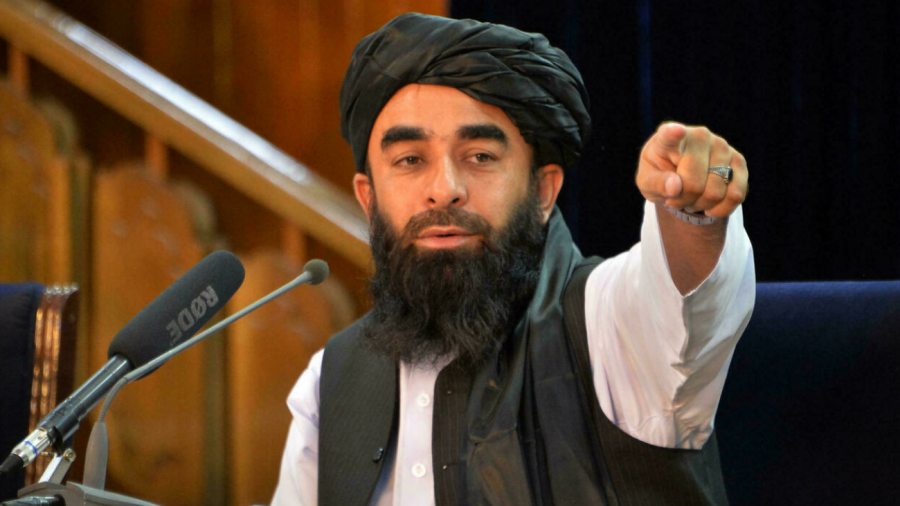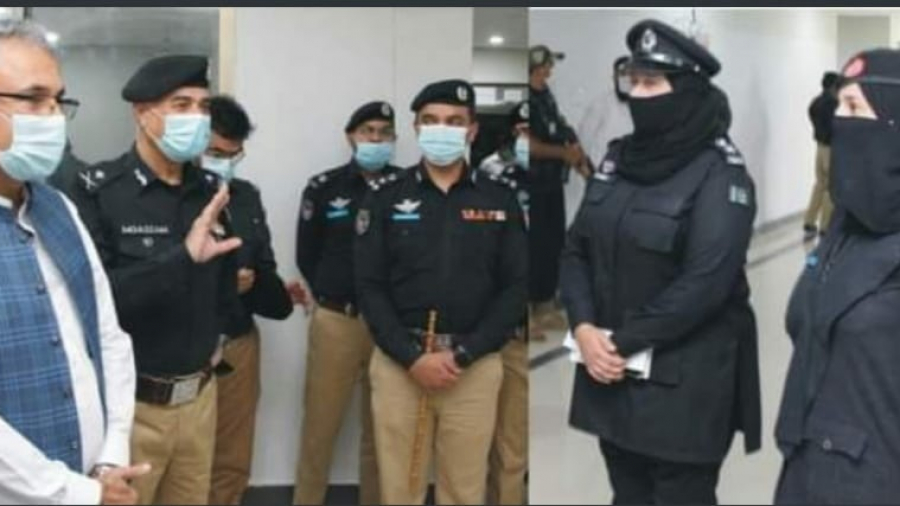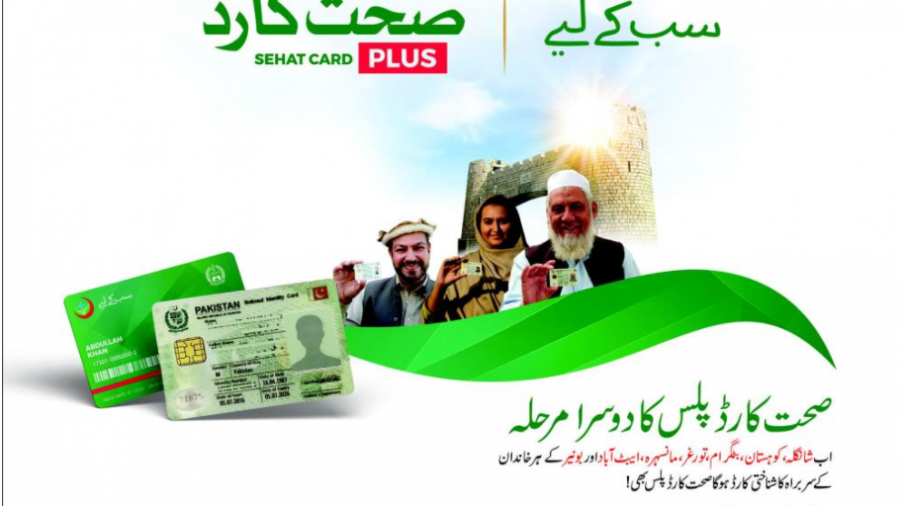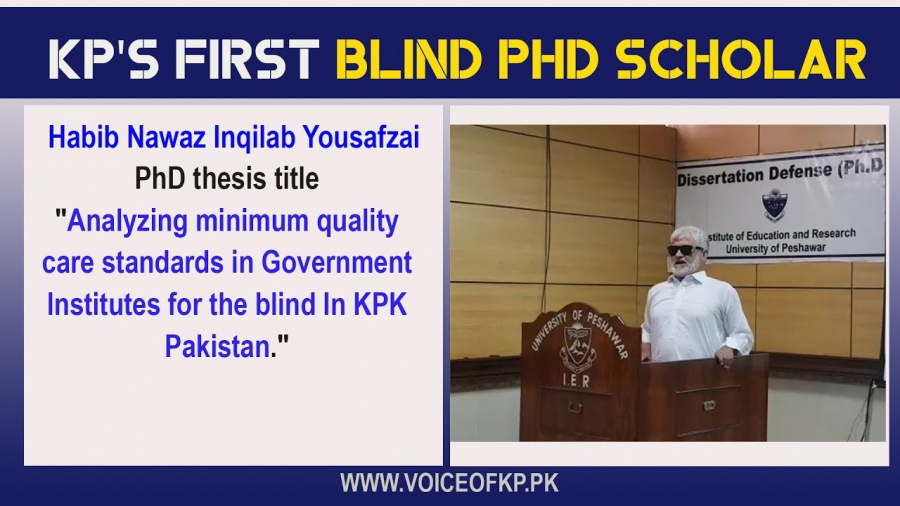By Kashmala Shuja
The SehatSahulat Program waslaunched in 2015 with an objective to provide the best medical and health care services to the underprivileged citizens of Pakistan through a free micro health insurance scheme. SSP was initiated to ensure Pakistan’s compliance to SDG-3 “Ensure healthy lives and promote wellbeing for all, at all ages”. The SSP (PLUS) was launched in 2020 with an aim to cover all permanent residents of KPK (excluding merged areas) for free health services regardless of their financial status. CNIC acts as Sehat Card and covers financial expenses up to 1 million. The primary goal of SSP is to improve the health status of the targeted population through increasing access to quality health services and to reduce poverty through reduction of out of pocket payments for health expenditure in KP.
SSP covers Secondary and Tertiary Care only. For the purpose a total of 1million rupees per family have been injected by the Government of KP in this scheme. The current population of KP is 35 million which has been divided into 7.19 million families with an average of 5 persons per family. A whooping 20.7 billion PKR has been paid to SLIC for the implementation of this project.
Diseases Covered By The Program
- Heart disease
- Diabetes Mellitus
- Burns and RTA
- End Stage Kidney Disease
- Chronic Infectious Hepatitis
- Organ Failure
- Cancer
Requirement 1
There are people who are currently one medical bill away from poverty. The aim of SSP is to improve the health status of the targeted population by subsidising their medical treatment. Furthermore, SSP aims to Increase access to quality health services by including private sector hospital under this program.
People who had been unable to spend money on quality medical treatment will have access to good quality medical services, through a micro health insurance scheme.
Initially, there were two separate programs that were covering the health insurance. The first one was called SehatSahulat Program, launched in 2015 by KP government but that program covered limited population. The second one was called Prime Minister Sehat Program that was implemented on federal level. The SehatSahulat Program Plus has been launched in 2020 with an ambitious plan of covering 100% population of KP. SSP Plus is different from the previous two programs in three ways viz. Firstly, it will cover 100% population of KP. Secondly, the amount allocated for medical treatment under SSP Plus is 1 million PkR and thirdly, there is no need of registration as the data of entire KP CNIC holders has been linked with their CNIC.
1 million PkR has been fixed for each family that is to be utilized in following ways. 40 thousand per person (5 persons per family) has been fixed for secondary care while 400 thousand has been fixed for tertiary care. The remaining 400 thousand has been termed as top up amount and to be spent only if the initial 600 thousand has been exhausted.
Requirement 2
The SehatSaholat Card has already been issued in 6 zones. Similarly, a total of 7.19 million Families have been made eligible to avail this facility. As of today, people that have visited hospital while using SehatSahulat Program accounts for 1530236 visits with a Satisfaction Rate of 97 %. The SehatSaholat Program is operational currently in 50 districts throughout Pakistan. People can check their inclusion in SSP be sending their CNIC to8500, 9780 and it covers all the residents in KPK. The residents of KPK don’t need to register online or verify their eligibility for the program. Government and private medical facilities mentioned in the list of empanelled hospitals (177 Hospitals of KP, 46 Public, 133 Private). Part of SDG 3 (Ensure healthy lives and promote wellbeing for all, at all ages). There are three parterres that are working on this project, Khyberpakhtunkkhwa Government, State Life InsurranceCompany and KFW (German Bank). KPK’s SSP and Canada’s Medicare are formulated on the same foundations. However, it is different from BISP. While BISP distributed cash money in needy people, SSP aims to lower the power by subsidizing the medical treatment.
Requirement 3
Two probationary officers, Mr. Allah Nawaz and Miss Shawana Haleem, worked on this requirement. For the purpose, Mr. Allah Nawaz visited field in District Bajaurandinterviewed various staff members of DHQ Hospital, SSP staff, and patients. Similarly, Miss Shawana visited field in District Dir Lower. She visited private health centers and interviewed staff of SSP and patients.
Based on interviews and observations, data was collected and analyzed as following.
-
Initially, many issues in implementation
Initially people were not properly aware of the SehatSahulat Program (SSP). They believed that the government had deposited the money in their accounts. People demanded cash instead of treatment. They believed that in case of not withdrawing it, it would lapse in a year. This was a main issue in implementation of the program.
However, now people are aware, and this issue has been tackled to a large extent.
-
No SehatSahulat Plus in NMDs
There is only Prime Minister SSP in tribal areas. The newly program SSP(PLUS) launched by Provincial Government Khyber Pakhtunkhwa is not extended to merged areas. Some people are demanding health facilities under that program which is not yet extended. This has created problem in implementation of the already existing program i.e., PM SSP. It is pertinent to mention that PM-SSP is offering 0.36Mn on annual basis to a family in NMDs and the SSP (Plus) is offering 1.0Mn to all families of KPK other than NMDs.
-
Enrollment issue of families
Many newly families are formed but the SSP is still relying on old data (almost 5-years old). The newly formed families are now detached from the older one. As a result, they neither have their separate health card nor they can use the older one. This has created a problem in implementation of the program in letter and spirit.
When patient come up with such disease which has no rate list, the SSP staff is supposed to approve that rate list from higher authorities. This can take sometimes. Consequently, the patient is suffered. This is also one issue in the implementation.
-
DHQH not included in many districts
Many people in rural areas still rely on DHQHs because it provides more facilities. However, lots of DHQHs are not included the list of hospitals under SSP such as DHQ Hospital Timergara, Dir Lower. By doing so, doctors in DHQHs have no incentives except their salaries. The doctor as well as patients prefer private facilities for their treatment. This has not only overburdened the private facilities in term of implementation, but also devalued DHQHs.
-
Sub-standard medicine issues.
One issue in implementation of the program is that some doctors prescribe sub-standard high costly medicine. This is because that the cost of medicine is ultimately paid by State Life Insurance Company not by the patient. This practice is more common in private health facilities because there is one man show and this is very against the spirit of policies. In DHQHs level, such as in Bajaur, the MS said that we were considering this issue time and again and they are discouraging doctors from such malpractice.
-
DHQH vs. Private health facilities.
In areas where DHQHs are providing facilities under SSP, people consider private hospital better than DHQHs. This is because that people have developed negative perception of DHQHs, and they rely on private treatment. However, the fact is that DHQHs are also providing quality treatment under the program. This is causing issue in implementation of SSP at DHQHs level.
-
No facilitation of Sehat Card by some doctors in private sectors
Some doctors avoid facilitating patients under SSP because the amount incurred on such treatment is paid back by State Life Insurance after long times. For instance, one doctor in Bajaur is to be paid 1.4M by the State Life yet. Similarly, one Doctor in Lower Dir has not yet paid by State Life since March 2020. This leads to creation of dissatisfaction among doctors’ community. Moreover, many private hospitals are giving fees to doctor on the spot and the private hospitals receive it later from State Life Insurance Company. As a result, malpractice is evident in many such cases.
Requirement 4
- The implementation of SSP is a behemoth task that requires a robust human resource. There are 500 medicialsuperintendants that administer primary care at government hospitals. However, there are only 7 people tasked with the supervision and implementation of SSP.
- Similarly, SSP does not have an autonomous body that would oversee the implementation of SSP. Projects like these require an autonomous body. For instance, Khyber Pakhtunkhwa Public Service Commission is an autonomous body that has the mandate of recruiting and selection human resource for government departments.
- Furthermore, there is demographical barrier. The program covers the population from whole KP. However, the hospitals that provide quality secondary and tertiary care are located in big cities.
- While conceiving the idea of SSP, the focus was completely on demand side (entire population of K.P) while the supply side (hospitals) was completely been ignored. Resultantly, 177 hospitals (133 private, 44 public) provides medical treatment to a province of 35 million people.
- In addition there is problem of double dipping. A whopping 20.7 billion PKR has been allocated to this ambitious project beside 124 billion PKR health budget of KP.
- There is a monopoly of single insurance company; State Life Insurance Company. SLIC had been successful in winning bid for SSP on 3 fronts. First KP, then Punjab and finally on federal level. Resultantly, no other insurance company was able to compete SLIC for the bid of SSP. The result is quite obvious; no competitive rates were being offered in the bid for SSP that would have reduced the burden from provincial exchequer.
- Similarly, the ambitious project of SSP has no legal cover. A legal cover is mandatory for an autonomous body as It determines the service structure, powers and functions and future course of action.
- 100 % population of K.P is to be subsidized. There are people who are enjoying subsidized medical treatment from a number of different facilities like CMH, and Services Hospital while such people are also included in SSP.
- Owing to poor standard of treatment, the admission trend has been in favor of private sector (78% to 22%). Most of the people while encashing the facility of SSP, favors treatment and admission in private sector. Resultantly, the finances are landing in the pockets of private sector.
Requirement 5
- There is a great disparity in the number of patients (entitled people i.e the whole population ok KPK) and the number of attending medical staff. Need of time is to remove this disparity and include maximum number of hospitals (mostly public sector) including category D, RHCs and bigger centers where facilities are available.
- SSP has also included many private centers under its umbrella where multiple problems arise like generous charges, lack of accountability, availability of the same highly qualified panel that is mentioned to the SSP.
- Unfortunately the trust of most of our population is in the private sector hospitals even if world class treatments are being given by our public sector hospitals as evident by the admission ratio given earlier.
- Therefore a separate independent or autonomous body is needed to be formed for a proper check and balance and fixation of rates/charges of the standard procedures and medications. There must be a proper job description and service structure for the personnel working in this department.
- Duplication of services need to be checked to be removed e.g those entitled to free medical treatment under other programs or through their job description shall be excluded.
- SSP is limited to the registered hospitals of KP while certain procedures and treatments can only be performed in world class centers of other provinces like IKD, SHOKAT KHANUM and AGHA KHAN UNIVERSITY hospital. Therefore MOUs need to be signed with them for complete health issues coverage of the citizens.
- SSP doesn’t cover outdoor patients and those admitted in accidents and emergency departments for observation purposes. As few ailments needs admissions and major chunk of the patients rely on outdoor department therefore these services needs to be included in SSP.
- Duplication of services need to be checked to be removed e.g those entitled to free medical treatment under other programs or through their job description shall be excluded.
- SSP is limited to the registered hospitals of KP while certain procedures and treatments can only be performed
in world class centers of other provinces like IKD, SHOKAT KHANUM and AGHA KHAN UNIVERSITY hospital. Therefore MOUs need to be signed with them for complete health issues coverage of the citizens.
- SSP doesn’t cover outdoor patients and those admitted in accidents and emergency departments for observation purposes. As few ailments needs admissions and major chunk of the patients rely on outdoor department therefore these services needs to be included in SSP.
- Practically the treatment under the previous program was extremely difficult to acquire as many patients were seen around even in public sector hospitals with the cards, yet getting no benefit or with extreme difficulty (if any). Therefore the SOPs must be made easy and crystal clear to save the time and energies of the general public.
Conclusion
The SehatSaholat Program was initially launched by government of K.P in 2015 that targeted limited population. The program has been upgraded and renamed as SehatSaholat Program Plus in 2020 that provides free medical treatment for secondary and tertiary care. A total of 20.7 billion PKR has been injected in this project and each family will avail free medical treatment up to PKR 1 million. The amount has been divided into 3 categories viz. secondary care for which 200 thousand PKR limit has been fixed for a family of five persons, 400 thousand for tertiary care and the remaining 400 thousand has been termed as top up amount and to be utilized only once the initial 600 thousand PKR has already been exhausted. There is no registration for SSP and the data has been linked with CNIC.
However, the SSP is in nascent stage and is currently facing a lot of problems. It suffers from meager human resource, lack of legal cover and no autonomous body. This project would take some time to find maturity and it is too early to judge and evaluate a project of this magnitude. The project would be a lot more efficacious if the aforementioned problems are timely addressed





